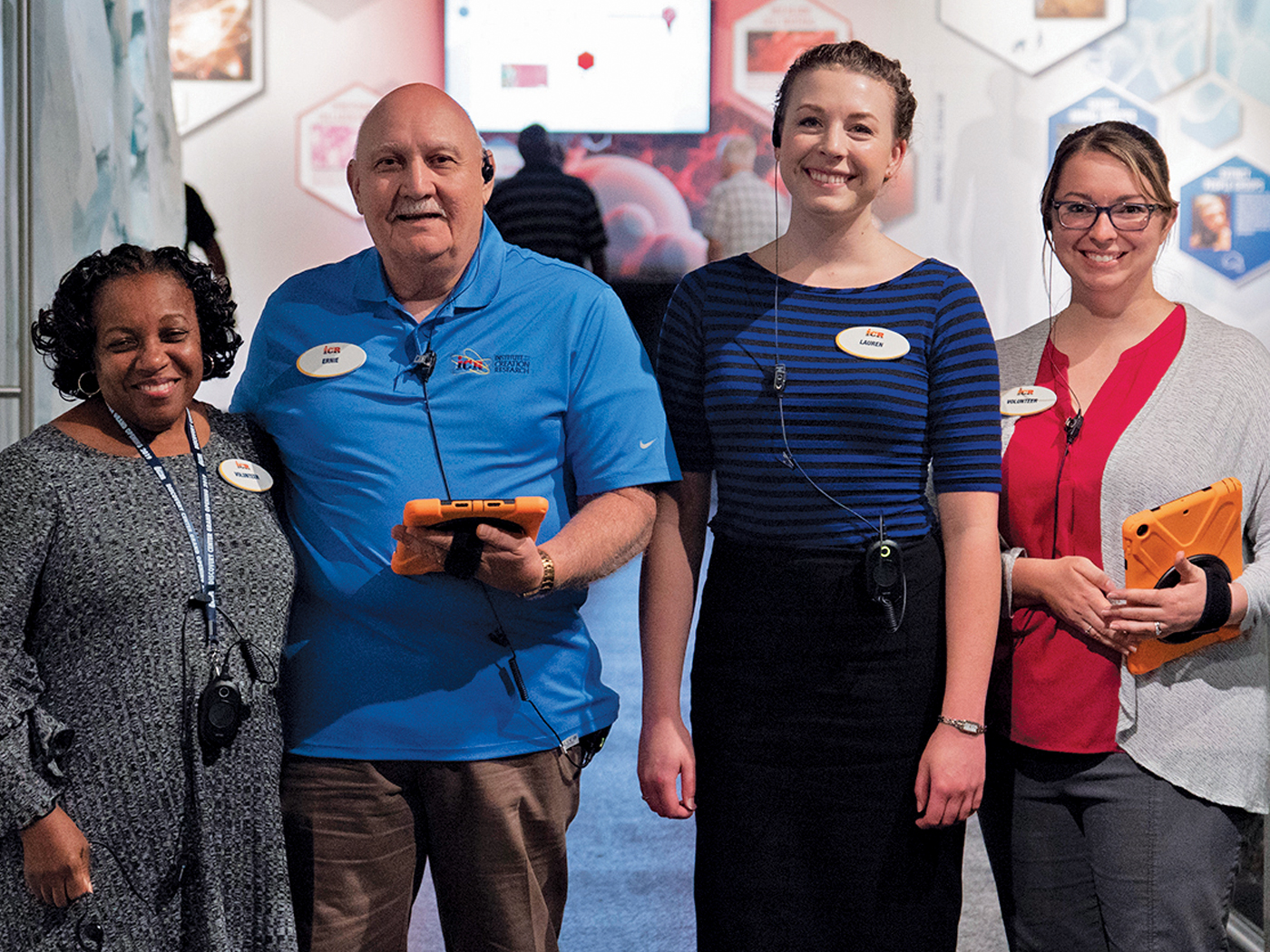Harvard's Wyss Institute specializes in designing new materials and devices that mimic patterns found in living things. Their latest contribution was inspired by the versatile material found in insect cuticle, which is strong and flexible, yet remarkably lightweight.
The result was "shrilk," a moldable, biodegradable substance derived from shrimp shells and silk that is as strong as some aluminum alloys but only half their weight.
"Shrilk could be used to make trash bags, packaging, and diapers that degrade quickly," according to a Wyss Institute press release.1
The inventors copied the plywood-like arrangement of interconnected layers from the cuticles of arthropods like shrimp, lobsters, or insects. They arranged chitin taken from discarded shrimp shells in thin sheets sandwiched between proteins derived from silk. The cross-layering pattern doubled the overall strength.
Chitin is a sugar-based polymer that provides rigid yet flexible protection and framework for arthropods and a few other creatures.2 Experimenters had long ago defined procedures that use acid to modify and extract chitin from source cuticles like shrimp shells.3 This chitin-derivative has been extruded into an array of forms, then hardened under the influence of certain chemicals.
The shrilk engineers added the layering technique, in effect copying the plan that provided strength to the original shrimp shells, but in new shapes and thicknesses. They did not build machines that can manufacture the chitin or silk proteins produced by arthropods and worms. They merely mimicked the creatures' strategies for layering the materials.
Taken together, at least three different and dependent levels of information are required for both insect cuticles and shrilk. First, genetic blueprints specify the suites of tiny cellular machines that manufacture and excrete chitin and silk. Second, the chitin and silk proteins are arranged according to molecular patterns that are exactly specified for their purposes. Finally, these ingredients are laid out according to an overall sheet-like strategy to become strong, flexible, and biodegradable.
As smart as these Harvard researchers undoubtedly are, they succeeded only in mimicking the third of these three levels of information. All three levels are required for cuticle to function on behalf of the arthropods—clearly implying that not only were they originally formulated at one time, but they needed a superior engineer to design them. And far and away the best candidate for that is the Creator God of the Bible.
References
- Inspired by Insect Cuticle, Wyss Researchers Develop Low-Cost Material with Exceptional Strength and Toughness. Wyss Institute for Biologically Inspired Engineering at Harvard University press release, December 13, 2011, reporting on research published in Fernandez, J. G. and D. E. Ingber. Unexpected Strength and Toughness in Chitosan-Fibroin Laminates Inspired by Insect Cuticle. Advanced Materials. Published online December 13, 2011.
- Cuttlefish and squid deposit chitin within a hard mineral apatite matrix to form cuttlebones and pens, respectively. Most fungal cell walls are also comprised of chitin and protein laid out in a stable yet porous support.
- Guibal, E. 2005. Heterogeneous catalysis on chitosan-based materials: a review. Progress in Polymer Science. 30: 71-109.
* Mr. Thomas is Science Writer at the Institute for Creation Research.
Article posted on December 19, 2011.
















